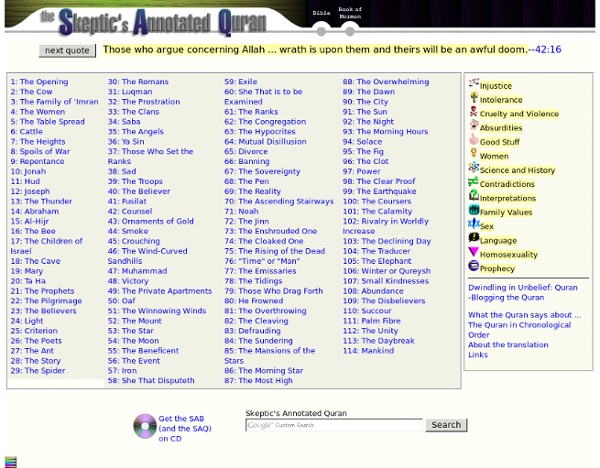



Evil Bible Home Page Troubled mine holds hope for U.S. rare earth industry The Mountain Pass Mine in California, which closed in 2002, is considered the country's best hope to combat China's trade dominance in rare earth elements. (WikiCommons) In 1949, two geologists found what they suspected to be a massive uranium deposit in the desert of southeastern California, about an hour’s drive from Las Vegas. A cache of uranium would have been an incredibly lucrative find, but the geologists were disappointed when further testing revealed the area to be full of deposits of rare earth elements. [Environment1] Rare earth elements, also called rare earth minerals, were thought to be virtually worthless. But the geologists saw potential in REEs and convinced the Molybdenum Corporation of America to buy the mining rights to the 222 acres of land that would later become known as the Mountain Pass Mine. Amid new fears about the United States’ dependence on China for its REEs, politicians are calling for the U.S. to develop its own REE resources. The effort paid off.
Fakegate – A Few Thoughts From A Humble Scientist Dr. Peter Gleick - No Arrogance There At All... As a fellow trained in the sciences (chemistry) and who reveres the scientific method, I followed Dr. Peter Gleick’s pathetic, mean-spirited attempt to demean and degrade the Heartland Institute with a mixed sense of disgust and sadness. Heartland is an oasis of independent thinking in a desert of close-mindedness. The official party line that people like Peter Gleick relentlessly shove down the throats of gullible, ignorant journalists maintains that people like me are either: 1) ignorant, or 2) in the pocket of some mysterious, nefarious conspirators bent on destroying the planet for the sake of a few dollars more profit. He and so many like him cling to the fiction that there is an enormous, corporate-funded Goliath attacking scientific integrity, while the tiny, brave defenders of climate science naturally assume the David role. Yet none of that is enough for people like Peter Gleick. Allow me to close with a prediction. — Rich Trzupek
Bureaucratic Insanity Last Sunday’s New York Times had an article highlighting the implementation of the new teacher evaluation system being put in place in Tennessee. The system is part of the Race-to-the-Top attempt to drive education reform in the states by dangling federal cash for reforms. As you read the article, you should begin to realize why “reform” fails and why many people in both the Government Education Complex and Education Transformation* movement find these rules so absurd. There simply is no way that a federal bureaucracy (or any bureaucracy, for that matter) can devise a unified system of teacher evaluation. For example, the first few paragraphs of the article expose the unworkable nature of the evaluation process. Steve Ball, executive principal at the East Literature Magnet School in Nashville, arrived at an English class unannounced one day this month and spent 60 minutes taking copious notes as he watched the teacher introduce and explain the concept of irony. What a shock.
s Kepler Mission Discovers a World Orbiting Two Stars Click image for multiple resolutions and full caption.Image: Where the Sun Sets Twice - NASA's Kepler mission has discovered a world where two suns set over the horizon instead of just one. The planet, called Kepler-16b, is the most "Tatooine-like" planet yet found in our galaxy. Tatooine is the name of Luke Skywalker's home world in the science fiction movie Star Wars. Unlike Star Wars' Tatooine, the planet is cold, gaseous and not thought to harbor life, but its discovery demonstrates the diversity of planets in our galaxy. "This discovery confirms a new class of planetary systems that could harbor life," Kepler principal investigator William Borucki said. A research team led by Laurance Doyle of the SETI Institute in Mountain View, Calif., used data from the Kepler space telescope, which measures dips in the brightness of more than 150,000 stars, to search for transiting planets.